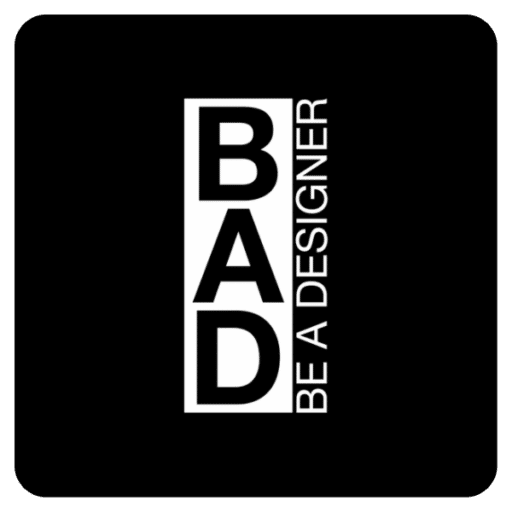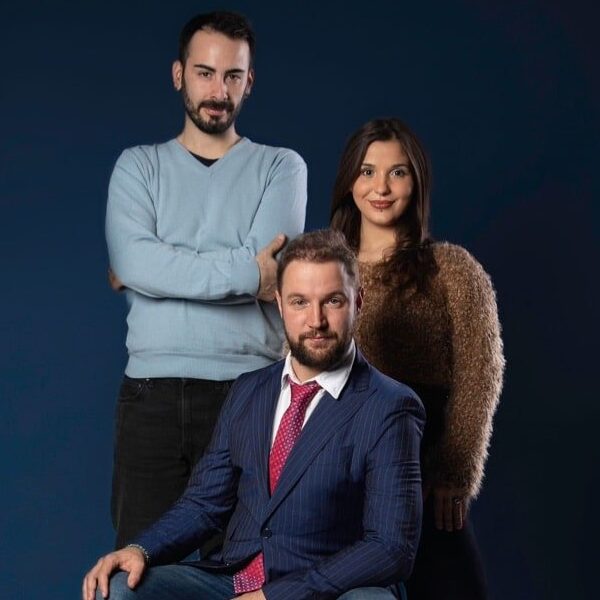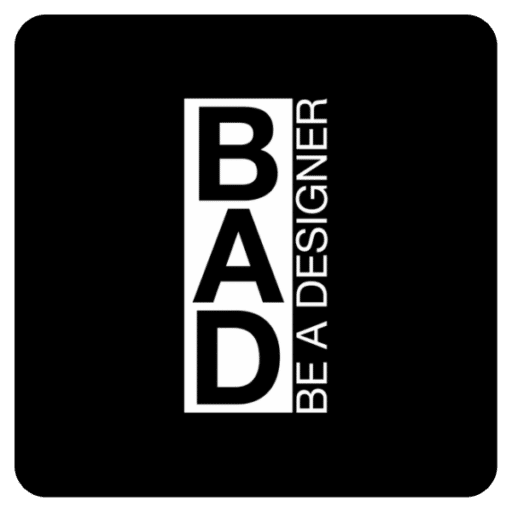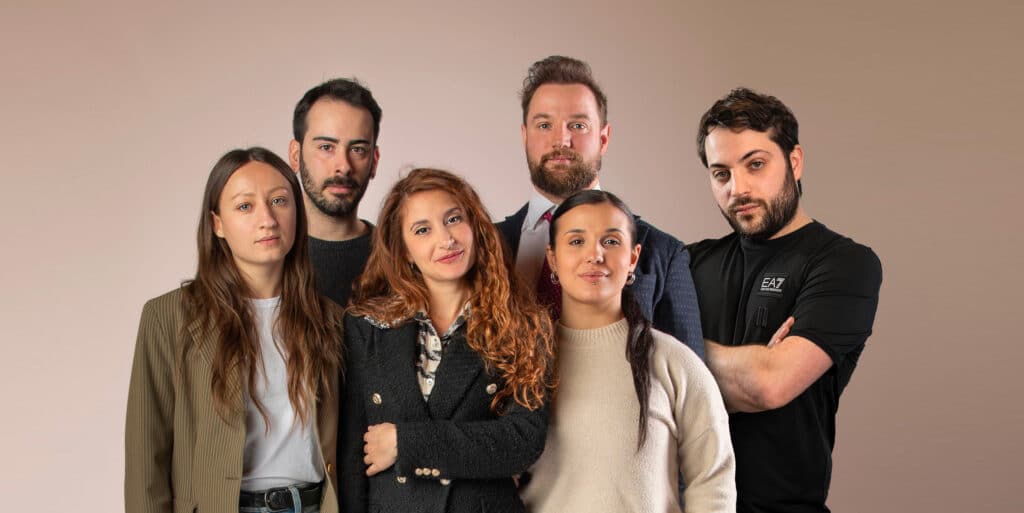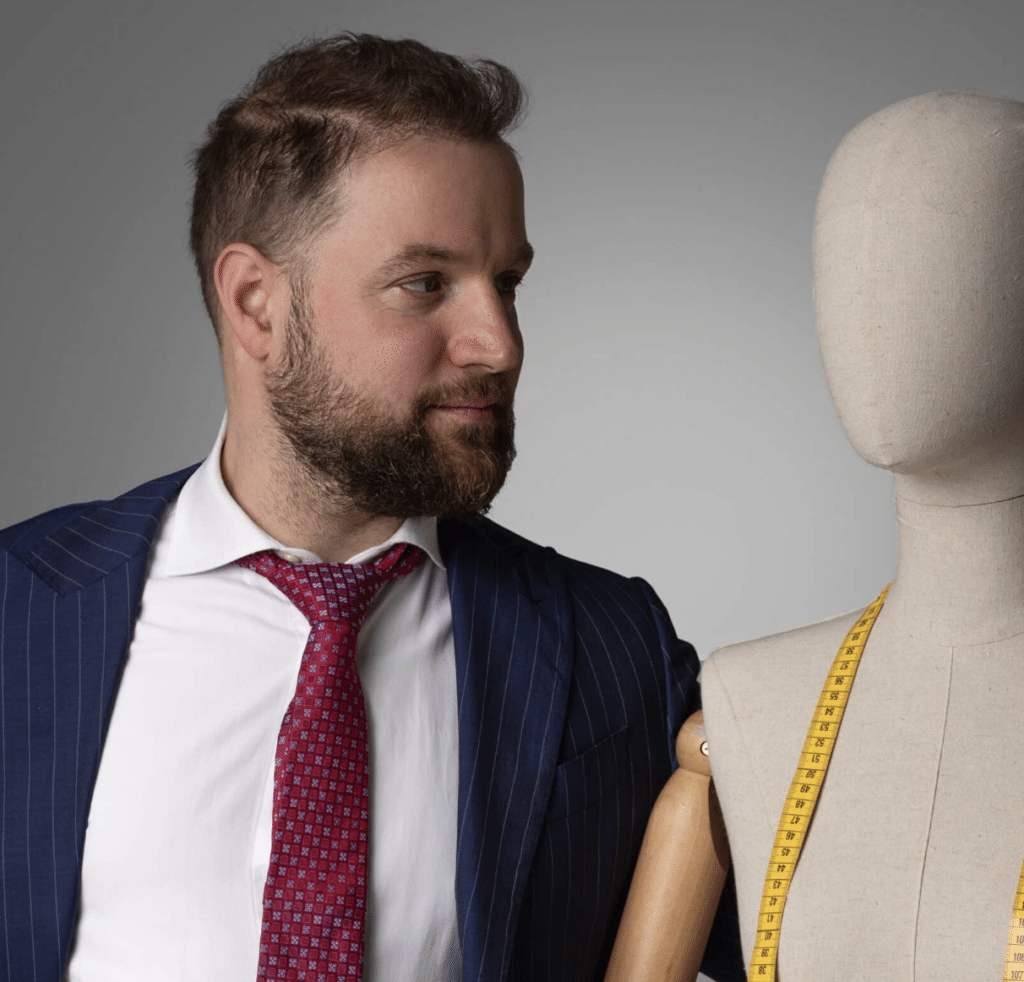Do you have an innovative idea for a fashion brand, but don't know how to voice it?
Needless to get around it: the storytelling in fashion is an essential tool for transforming your vision into a unique and engaging story, capable of positioning your fashion company in the marketplace and setting it apart from the many proposals that populate our feeds or showcases, social and otherwise.
In this article we will show you how to use the BAD method of Be A Designerdeveloped to help emerging and creative designers tell their brand in an authentic and effective way.
I am Corrado Manenti, and over the years I have helped emerging brands find their own voice by using the good old concept of storytellingand not just performance marketing, which leaves time to be found. Having an authentic vision, a distinctive identity and the ability to communicate it consistently will always be a fundamental pillar to stand out.
The power of storytelling in the fashion world: telling stories to sell
Storytelling is much more than a communication strategy: it is the means by which a brand can transmitting one's essencemade up of values, aesthetics and emotions. A brand capable of telling its story not only stands out immediately, but also builds a deep bond with its audience, who will learn to appreciate and choose it not only for the quality of its products, but also for the values it represents and with which they can identify.
You may have seen it yourself: we are surrounded by storytelling. Every day, on social media, we are overwhelmed by new stories: up-and-coming faces, charismatic founders, fascinating behind-the-scenes of brands trying to capture our attention. But in a world so saturated with narratives, digital presence alone is no longer enough.

If you are thinking of building and communicating your identity exclusively on social mediaan analysis of Business of Fashion reminds us how fragile this choice can prove to be. The case of Allbirds, which invested everything in social ads only to see its shares plummet to an all-time low in 2023, is a prime example. Or Amyrisa company specialising in beauty brands launched with the support of celebrities - such as Rose Inc. of Rosie Huntington-Whiteley and JVN of Jonathan Van Ness - which filed for bankruptcy last August.
Today, fashion companies must accept this reality: the social mediafrom Instagram to TikTok, can no longer be the foundation for growth, but only amplifiers of authentic and structured content.
In the absence of a solid narrativeconsistent with the brand's values and mission, even the most creative strategy risks fading into the digital noise.
The modern consumer wants to believe. He buys from those who share his ideals, who tell a credible story, who are able to build an identity that does not end in a carousel of posts. He wants to feel that, by buying that product, he is taking home a piece of historynot just an object.
Understanding storytelling in fashion
Storytelling is, therefore, one of the most powerful tools for defining and building a brand identityespecially in the fashion world, where the public seeks inspiration, emotion e connection.
From big names (such as Versace which has made its narrative an emblem of luxury and tradition) to emerging brands focusing on innovation and sustainability, storytelling is the key to communicating who you are, what you stand for and what makes you unique in the eyes of the public.
To achieve this, it is necessary to start with two essential aspects: understanding what is meant by storytelling and the crucial role of brand narrative. Let's see them together.
Definition of storytelling and brand narrative
Lo storytelling is by definition the art of communicating the identity of a product or company through an authentic and engaging narrative. It is not just about describing your brand, but about moving, capturing attention and inspiring your audience by conveying the values and essence of a brand.
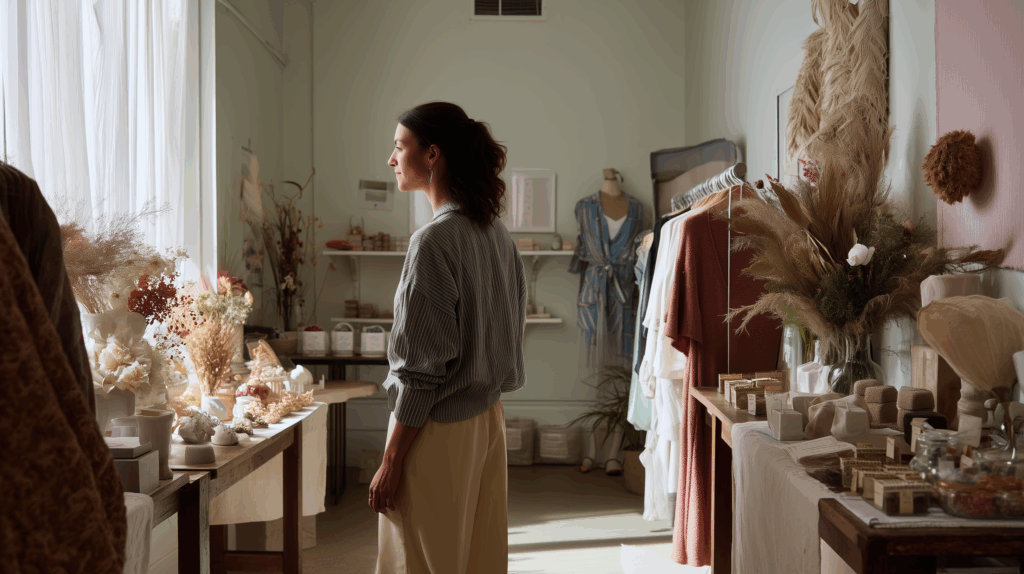
La brand narrative, instead, is the heart of this story: it is the thread that ties together mission, values and image. It is what gives coherence to the communication and makes it memorable, beyond influencer marketing alone.
That is why in Beadesigner we follow a method to give you a voice: we build your identity by suggesting to your potential customers all the elements of your story: values, aesthetics, choices, cultural references, emotions.
That's where the magic comes from. Because storytelling only really works when it is the buyers themselves to attribute deep meanings to the brandqualities that really matter to them. When they start recognise in that brand a part of oneselfa shared vision or lifestyle that represents them.
It is at that moment that a mechanism of trust, closeness, almost of alliance. The brand stops being just a commercial offer and becomes a point of reference, an extension of individual identity. And this is precisely the level of relationship to which we aspire: we do not just want to be present in the market, we want to be recognised, remembered and chosen for what we represent in people's real lives.
Difference between traditional and applied brand storytelling
Unlike the traditional storytellingwhich follows a linear narrative and often merely recounts a sequence of events, the applied storytelling a fashion brand is intertwined with every element of the brand: from design to visual campaigns to core values.

In the context of fashion, each image, collection or advertising video is not just content, but a piece of a fictional world broader. It is not enough to say 'what you do': it is necessary to communicate the why do you do it and how your values distinguish you from your competitors. This ability to translate the soul of your brand into a distinctive narrative not only tells who you are, but creates an emotional connection with your audience, turning customers into advocates of your brand.
The stages of storytelling for the brand: building a narrative that sticks
Storytelling is not an accessory, it is structure. Not an aesthetic detail, but the backbone of any brand that aspires to be remembered. Now that we have clarified why storytelling is essential for those working in fashion, it is time to understand how to really build it.
Not with random words, but with a strategic and conscious approach. Because every step counts. From identifying your founding valuesthe way you choose to talk - everything contributes to defining who you are and what you represent in the eyes of your audience.
Good storytelling is not born by chanceIt is built, it is shaped, it is refined. And when it is done well, it doesn't just tell, transmits. He not only explains, makes one feel.
Why today's fashion buyer is not just looking for a garment. They look for a vision, a belonginga way of telling his own story through what he wears.
In this sense, storytelling becomes a bridge between your identity and the customer's imagination. It is what sets you apart in a feed saturated with images, it is what creates loyalty far beyond the first purchase.
Let us now see, step by step, how to shape this story in a structured, credible and inspiring way.
What are your values and mission?
Every credible narrative starts from a truth. And this truth is what you believe in.
What is your vision? What moves you? What kind of world do you want to help create through your brand?
Answering these questions is the first real step. Not only because it gives you clarity, but because it helps you to be consistent - in the message, in the products, in everyday choices.

I values are the compass of your storytelling. If you know them, everything else comes naturally. You don't have to invent anything, you just tell well what already exists inside you and in your brand idea. The mission, on the other hand, is what you promise the world. It is why you exist in the market and in people's hearts. And it is not marketing: it is identity.
Once you have defined these elements, you can start constructing a message that speaks to the right peoplein the right way. Because whoever shares your values will not only be a customer: they will be an ally, a supporter, an active part of your community.
And if you are still at the beginning of your journey, have no fear: we have written a complete guide to creating a clothing brandwhich can help you put your ideas in order and get off on the right foot.
2025 is the year to tell your story
Every brand that works has a well-told story. And no, it doesn't need to be perfect. It needs to be true, credible, heartfelt.
How did your idea come about? From what need, intuition, urgency? What challenges did you face to get here? People like to know what's behind it, not just what's in the window. And when they recognise something in your story that concerns them, something powerful is triggered: feel involved.
A good story always has a narrative structurea beginning, a conflict junction, and a resolution. This pattern - the same one you find in the best novels, films and advertising campaigns - also works for your brand. Not because it is a formula, but because reflects the way the human brain processes and remembers stories.
But beware: you are not writing a press release. You have to excite. Showing, not just telling. Use concrete examples, symbolic moments, overcome failures.
And if you can, tell where you want to go as well. Because a well-crafted story is not just a biography: it is a shareable vision. And it can become a manifesto for those who recognise themselves in your path.
Character development and tone of voice: who speaks, how they speak
Every story has protagonists. And even in branding, it works like this.
In the foreground is you - as founder, creative, storyteller. But next to you there are figures who deserve space: your team, your collaborators, the people who live your brand every day, and above all the ideal customerthe one who embodies your values and dreams.

Define who the characters are of your history helps you to make it more concrete and identifiable. You are not just an abstract idea: you are a collection of faces, of lives, of relationships. And people get attached to that.
But in addition to the speaker, it is crucial how to speak. The tone of voice is not a stylistic detail: it is a declaration of identity.
Is it ironic or inspirational? Elegant or rebellious? Intimate or professional?
Whatever it is, it must be consistent. In every caption, in every newsletter, in every customer care.
When your tone of voice is well defined and truly reflects who you are, people start recognising you even without a logo. They read you and they know it is you.
And in a market where everything looks alike, this is one of the few things that cannot be copied.
Visual storytelling and communication: when images speak for your brand
In fashion, first you see, then you understand. And often, one loves even before one understands. That is why the visual storytelling is not an option: it is a strategic necessity. It is what shapes your aesthetic world, it is the first impression and, if well constructed, the one that remains.
It is not just about showing clothes. It is about communicating a visionan imagery, an identity in which your audience can mirror themselves. Images - more than texts, more than claims - tell who you are in the most direct and powerful way possible.
Any visual content, be it an editorial shot or a campaign on Instagram, must be part of a coherent narrativecapable of conveying emotion and desire.
The style, the light, the composition, the colour palette: every detail contributes to create a unique narrative universewhere the beholder feels not only attracted, but involved.
In a world saturated with images, what really makes the difference is the visual consistency. No need to surprise every time, but always be recognisable. Because when aesthetics are aligned with the message, brand identity becomes readable even without words.
And the moment your audience can guess who you are from a single image, you have won. You have created visual culture, and above all: you have built trust.
Which channels to spread your story?
Once your narrative is clear - authentic, structured, exciting - the time comes to make it circulate in the right world. Because your story does not end here, but multiplies.
Lhe choice of channels is therefore a positioning decision. It's not just about marketing: it's about building presence, relationship, belonging.
I social mediafor example, are not just for showing looks: they are places where people share vision, personality and vulnerability. The eventsInstead, they turn the story into real experiencetangible, multi-sensory.

But there is a fundamental point: each channel must reflect the essence of your brand. If you are sophisticated, communicate in coherent environments. If you are rebellious, also dare in formats. The key is staying true to yourself even when you speak in a thousand different languages.
Content is never neutral. Each platform has its own rules, but you must always carry the same messagewith the same tone, the same heart. Only then will the audience recognise your voice everywhere. Good storytelling is important. But choosing where and how to tell makes all the difference.
Social media and digital platforms: building communities, not just content
I social mediaWhen used intelligently and sensitively, they are not mere showcases. They are sense amplifiersplaces where your brand can be seen, but above all heard. It is not enough to publish: you need create a coherent narrative running through every post, every reel, every caption.
Emotional content - showing looks, materials, hands at work, ideas taking shape - is what creates impact. But even more powerful is behind the scenesbecause it makes the brand human, accessible, true. Showing who is behind a garment, who thinks, who designs, who sews, is what turns a brand into a story viva.

And then there are the interviewsstories, live broadcasts. All tools that - if well orchestrated - serve to build a direct and personal relationship with the community. We no longer speak from above, but alongside.
It is in this space that also comes into play fashion blogger and creatornot as simple amplifiers, but as cultural mediatorscapable of interpreting your world and translating it for an audience that trusts them.
Consistency, care and stylistic consistency make your social presence a point of reference. And over time, what you build is not just a nice-looking feed, but a community that believes in what you do.
And when your audience becomes part of your narrative, you have already won.
Events and collaborations to create experiences and relationships
A brand only really comes to life when someone can touch it, breathe it, experience it live. That is why the events are not just an addition to the strategy: they are the beating heart of your offline storytelling. They are the moment when your audience stops being spectators and becomes part of the story.
Organising a fashion show or presentation is not just about showing a collection: it is about creating an immersive experiencewhere lights, sounds, atmospheres speak the same language as your identity.
But you can go further: collaborations with influencers similar in values and vision, partnerships with artists, chefs, designers, can broaden your story and bring it into unexpected worldsbut consistent.

The BAD method for your brand narrative
Creating an effective brand narrative may seem challenging, but with the right support it becomes a natural and stimulating process. The method BAD of Be A Designer is designed to guide emerging and creative designers in turning an idea into a successful brands.
Through a structured approach and practical tools, Be A Designer helps you build a narrative that reflects your brand identity and distinguishes it in the marketplace. But how do we do it?
Our BAD method is not a standardised formula, but a sartorial process based on three fundamental pillarstailor-made around your identity.
-
Analysis of valuesBefore telling, you have to understand what you want to say. And above all, why. Together we identify the values that move you, those that make you authentic and recognisable.
-
Structuring the narrativeEvery story needs a plot. We build yours, with a precise tone of voice, believable characters, a message that speaks clearly and goes straight to the heart of your audience.
-
Strategic implementationA narrative without channels is a whisper. Here we translate your story into concrete content - visual, textual, experiential - designed for every touchpoint, from the website to the Instagram campaign.
This approach allows you to build a strong, authentic and consistent brand narrativecapable of attracting the right people and making them stay. Because it is not enough to stand out. You have to remain imprinted.
And to do that, you need vision, method and a leader who knows the rules of the game well.
Tools and workshops on offer: your story here takes shape
On the path to building a brand, having clear ideas is importantbut it is not enough. It also needs a method to accompany youpractical tools that turn your vision into reality, day after day. And this is where Be A Designer comes into play with concreteness.
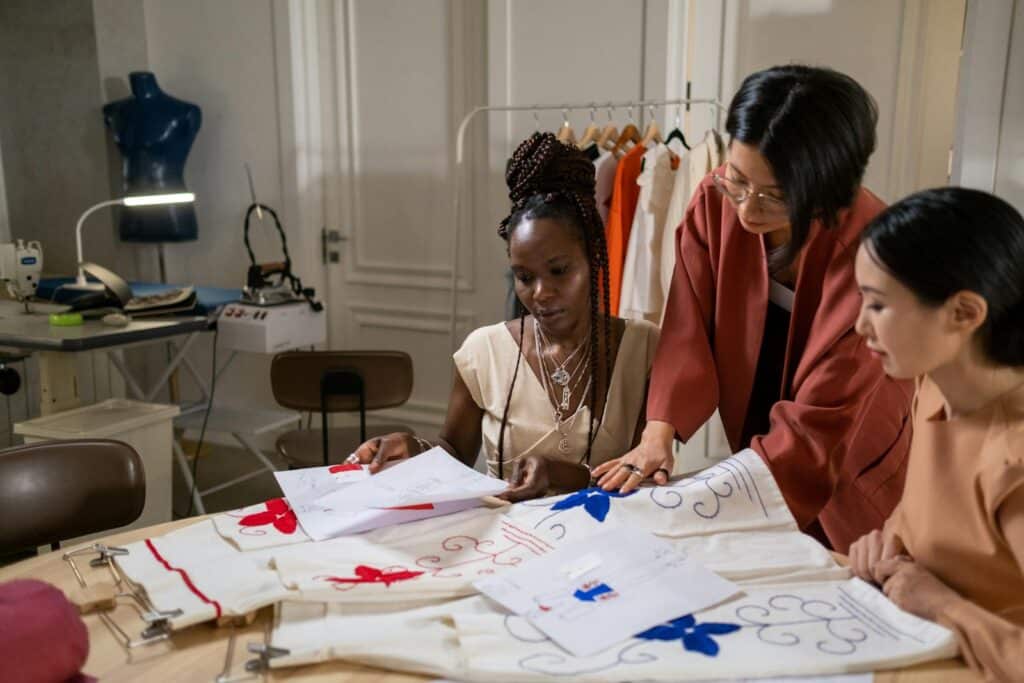
In our Fashion Business Academy we have created a series of thematic workshops designed to guide you through the creative process: operational sessionswith targeted exercises to help you explore your imagination, define your mission and put your narrative down on paper. Each meeting is an opportunity to clarify your ideas, get involved and giving voice to what makes your brand unique.
Alongside the workshops, we offer customised consultationsdedicated to those who want to go deep: perfecting the tone of voice, tailoring the message to the target audience, devising a coherent strategy across all channels. It is chisel work, done with attention, listening and practical sense.
Finally, we provide you with useful and immediately applicable materialsvisual guidelines, storytelling tools, communication models. Because every great narrative also needs a good structure.
With the BAD methodyou don't just 'tell something'. Build a story that makes sense, coherence, strength. A story that can grow with you.
Do you want to start on this path? Contact us for a consultationYour story deserves to be told well.
Case studies
Observing how other brands have harnessed a powerful narrative to build their success is a valuable opportunity for inspiration. An interesting case study is that of Versacewhich has been able to combine luxury, tradition and innovation in a coherent and visually appealing communication. His narrative has transformed the brand into a global icon of style and prestige.

Stories like this show how a well-constructed narrative can be decisive in making a brand memorable. Whether you are an up-and-coming designer or a creative, examples like this can give you practical insights into how to translate your brand values into a narrative that inspires and connects your audience. Learn more about Versace's storytelling strategy here: Versace Storytelling.
Analysis of brands that have been successful due to a strong brand narrative
Versace is a perfect example of how a distinctive narrative can go beyond products, creating a cultural imagery of passion, luxury and innovation. The strength of its storytelling lies in its ability to intertwine aesthetics and values, making the brand's story recognisable and engaging in every detail.
Emerging brands, especially sustainable brands, are also building their success by focusing on authentic stories of transparency, ethics and commitment to the environment.
These brands show that the public not only chooses clothes, but also the values and visions they represent.
Practical tips for effective storytelling
Creating effective storytelling requires attention to detail and a deep understanding your brand and your audience. It is crucial to avoid common mistakes and instead focus on a narrative that is authentic and consistent throughout.
To stand out in the fashion industry, your storytelling must be built on a solid foundation, capable of conveying real emotions and values. Here you will find some practical tips to avoid missteps and make your storytelling truly memorable.
Because beware: even the best storytelling can fail if you make a few frequent mistakes:
- Do not copy the narrative of other brandsAuthenticity is what makes a brand unique. Avoid imitating success stories of others and focus on what distinguishes you and your brand.
- Avoid inconsistencies between storytelling and visual identityYour narrative must be reflected in all visual aspects of the brand, such as images, graphics and colour palettes.
- Don't neglect your audienceKnowing who you are addressing is essential. Identify your ideal customer and build a narrative that speaks directly to them.
Being aware of these mistakes will help you build a clear, credible story that connects with your audience.
What to do to launch your brand?
Once you have defined your narrative, the most delicate moment comes: stage it, make it come alive, make it real. Implementation is not just the act of 'publishing' content. It is a strategic phase, in which every detail - from tone, to timing, to channels - must be precisely orchestrated to ensure that your story arrives straight to the heart of the right audience.
The brand launch is the first moment of true exposure: all the work done up to that point comes to life through content, campaigns, events, experiences.
It is the transition from theory to impact. And you can't afford to improvise.
A clear planwhat content to publish (emotional videos, author images, telling texts), where to distribute it (social, website, newsletter, press) and when to do it (with an editorial calendar that follows a coherent and sustainable rhythm).
But that is not enough: every effective launch needs narrative peakssuch as targeted events or campaigns, which catalyse attention and generate deep involvement.
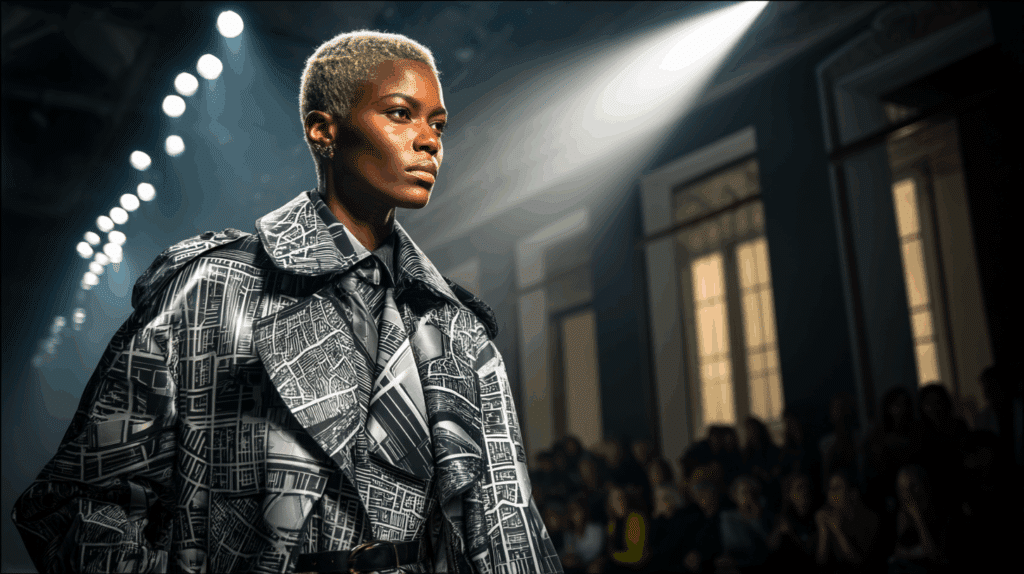
At this stage, the storytelling becomes actionand each message becomes an opportunity to confirm your identity and start building a lasting relationship.
With the right strategy, your story does not stay on paper: it transforms into living experienceone that your audience will remember, recognise and want to follow.
Do you want to launch your brand with the strength of your story? Contact us. Be A Designer is here to guide you.
